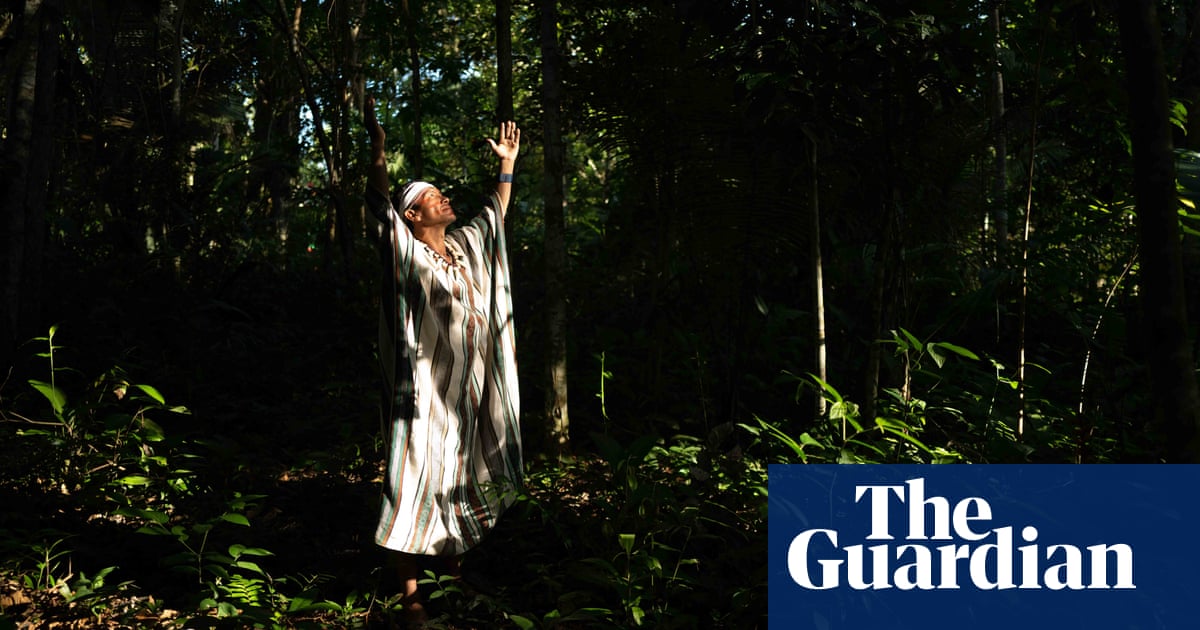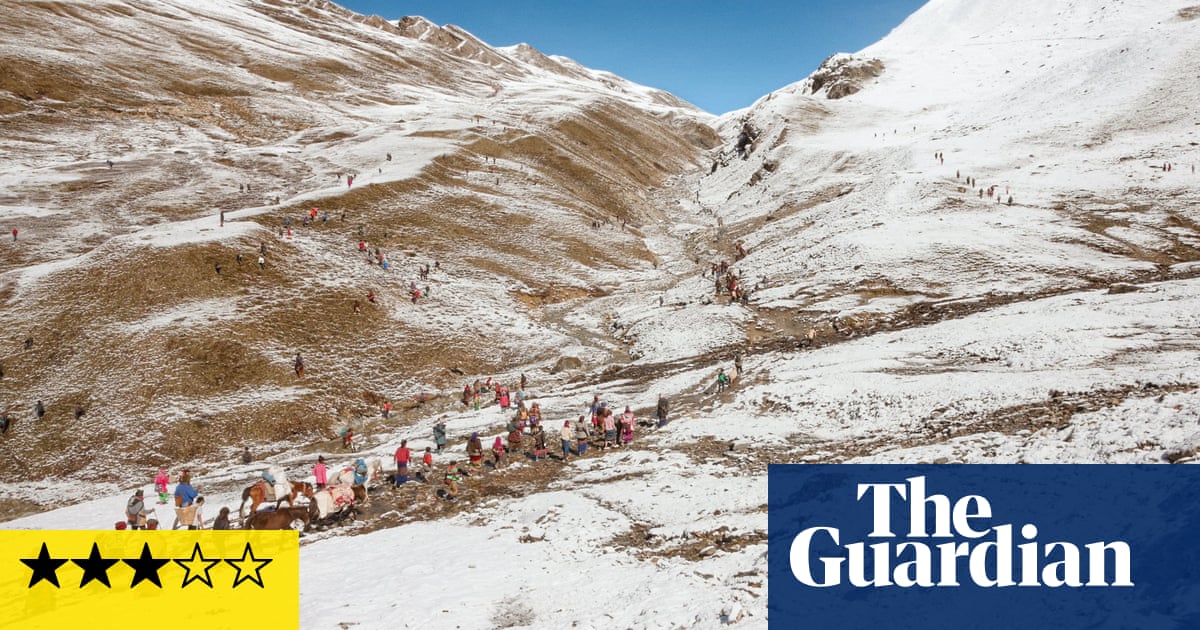
t the border between the Democratic Republic of the Congo and Uganda, in a vast territory that ranges from the lofty Rwenzori mountains to the lush rainforest of the Semliki valley, one of the world’s most active militant groups is responsible for the massacre of hundreds of civilians.
The ADF (Allied Democratic Forces) was originally an opposition rebel group from Uganda rooted in a radical agenda of religious militancy. Taking advantage of the regional power vacuum, the group fled to Beni territory in neighbouring DRC to find shelter from the Ugandan army.
Founded in 1995 by radical preacher Jamil Mukulu, a Ugandan Christian who converted to Islam, the ADF has been able to survive repeated attempts to eradicate it by establishing cross-border networks. After fleeing to DRC, the militants regrouped and were able to survive multiple waves of attacks, though their founder was arrested in Tanzania in 2015 and prosecuted in Uganda for war crimes.
Under the new leadership of Seka Musa Balaku, Beni and the surrounding jungle has become a secure haven for the ADF. The group is thought to be able to sustain itself by integrating into the local cross-border economy, exploiting local trade in gold, cocoa, coffee and timber. These natural resources are sold on to Burundi, Uganda or Tanzania. Porous paths across the borders and complicity of some officials mean little hindrance to illegal trade.
New recruits from the area and neighbouring countries are brought into a network of fortified camps hidden throughout the region. Social media images and reports from ADF defectors, ex-combatants depict strictly run places where recruits are given religious education and military training. In February, Congolese soldiers (Forces armées de la République démocratique du Congo – FARDC) reportedly captured an ADF militant from neighbouring Central African Republic, 1,300km from Beni, as he was crossing the frontline. Other combatants from Tanzania, Kenya, Rwanda and Burundi were caught in earlier operations, hinting at the potential attraction of jihadist foreign fighters in east and central Africa.
Over time, the group’s opposition agenda against the Ugandan government was sidelined by its increasingly extreme Islamist stance. In Beni territory, the group calls its headquarters encampments ‘the Madina complex’, a reference to the name Madina at Tauheed Wau Mujahideen (MTM), “The city of monotheism and holy warriors”, which it adopted in 2016 in an attempt to appeal to a broader audience. This strategy culminated in the ADF’s pledge of allegiance to Islamic State in 2019 and its recognition as part of the Islamic State’s “central Africa province”.
The remnants of Isis in the Middle East have boasted of the exploits of their brothers in Africa and provided regular coverage of ADF operations on their media channels. Recent images – of increasing quality and in multiple languages – showed an ADF ambush that claimed the lives of several people travelling in a truck, the ADF overrunning FARDC positions while shouting jihadist slogans and fighters praying in the jungle.
There are, however, questions around the extent of Isis control over the ADF. In 2018, a Kenyan financier with links to Isis was arrested after transferring money to the group, but the complex nature of the fighting in eastern DRC makes it difficult to ascertain the existence of any direct chain of command. But there has been an increase in the number of massacres in the region.
The FARDC has been conducting large-scale military operations against the ADF since 2019. Yet Congolese troops are poorly prepared for sustained operations, isolated in field positions with little in the way of rations and ammunition. The tough terrain means limited medical assistance for the wounded and commanders also complain that their troops are vulnerable to malaria. Two years into the offensive, the ADF has recaptured most of its positions and adopted new tactics, splitting its guerrilla forces between several sectors. The toll on FARDC troops is high in a conflict in which the insurgents have the advantage, picking off weak positions and moving at will in the jungle to escape counterattacks.
Specialist units of the UN stabilisation mission in DRC (Monusco) are deployed alongside the FARDC with a robust mandate to take the fight to the rebel group. But, despite the use of reconnaissance drones and helicopter gunships, the Force Intervention Brigade has been hit as well. In 2017, remote outpost on the Semuliki River was attacked by the insurgents, leaving 14 Tanzanian troops dead and more than 50 wounded, the worst loss of life for a peacekeeping force outside Somalia. The base has since been passed to the control of the FARDC. It remains neglected and overgrown, surrounded by dense jungle and displaying a forlorn scribbled sign – “Bienvenue a Semuliki et Bon Voyage” – to greet passing troops.
Setbacks and risk pushed UN units to adopt a more restrained posture, leading to protests from Congolese citizens who blame the international community for failing to prevent the killings. In a region that hosts more than 120 armed groups, the ADF is the most murderous and civilians bear the brunt. In 2020, the group was responsible for about 155 incidents and 40% of all violent deaths in the region. This year its attacks have so far killed 200 people and displaced an estimated 40,000 more. The militia is known for burning down villages, using heavy weapons, machetes and knives, and abducting women and children.
Military operations to restore security are little help to civilians in Beni as ADF reprisals can be brutal.
The coffee and cocoa-producing town of Mutwanga is largely abandoned by its people. Elsewhere, communities are cut off from the outside world. The border towns of Nobili and Kamango have come at to a standstill as FARDC operations block access to the road, severing the only lifeline to Beni and the rest of Congo.
Beyond the debates about the complexity of ADF’s affiliations with local and international groups, the reality is that the underresourced Congolese army is unable to tackle this jungle insurgency, making the region untenable for the communities who call it home.












